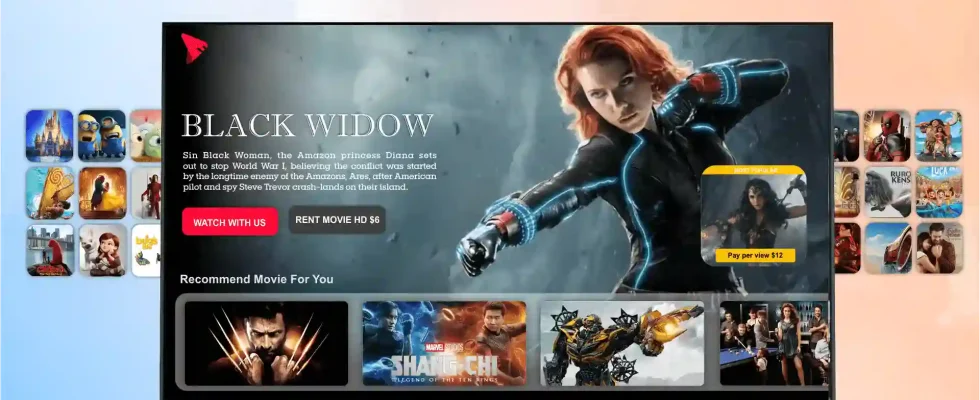Children’s streaming content has evolved dramatically from simple cartoons to sophisticated programming that blends learning with entertainment. Today’s digital platforms offer unprecedented variety in children’s content, from interactive educational shows to adventure series explicitly designed for different developmental stages. Parental controls and specialised children’s sections allow for the safe exploration of content libraries without constant supervision. A quality iptv provider typically includes robust filtering options that limit access to age-appropriate material while giving children freedom to choose between approved options. These safeguards work alongside curated content collections explicitly designed for young viewers.
Beyond the classroom walls
Educational programming extends learning opportunities beyond traditional school hours through engaging presentation formats. Shows focused on STEM concepts (science, technology, engineering, and mathematics) introduce complex ideas through visual demonstrations and storytelling that maintain children’s attention. This approach transforms abstract concepts into concrete examples that young minds grasp and retain.
Language acquisition shows incorporate proven teaching methodologies into entertaining formats that children eagerly consume. These programs use repetition, songs, and visual associations to reinforce vocabulary and grammar naturally. Multiple language options allow for early exposure to foreign languages during critical developmental windows when children absorb linguistic patterns most effectively. Social-emotional learning content addresses interpersonal skills that traditional academic subjects might overlook. These programs model conflict resolution, emotional regulation, and friendship skills through relatable character scenarios. The storytelling format helps children internalise positive behaviour patterns they apply to real-life situations with peers and family members.
Keeping active while watching
- Dance-along programs that promote physical movement
- Yoga and stretching shows are designed for young bodies
- Interactive fitness challenges with on-screen tracking
- Sports skill tutorials modified for indoor practice
- Adventure stories that incorporate physical activities between episodes
These movement-focused programs combat sedentary viewing habits by incorporating physical activity directly into the content. The approach transforms screen time from a purely passive experience into an active engagement that benefits physical development alongside mental stimulation. Participatory design elements encourage viewers to respond verbally to on-screen questions, reinforcing learning through active engagement rather than passive absorption. This interactive approach maintains attention spans longer than traditional programming while creating natural pause points for discussion between children and parents.
Age-specific content zones
- Toddler programming emphasises simple concepts, bright visuals, and repetitive structures that match the developmental capabilities of children under four. These shows feature slower pacing with distinct segments separated by clear transitions that help young viewers process information in manageable chunks. Short episode lengths accommodate limited attention spans while still delivering complete narrative arcs.
- Elementary-age content introduces more complex storytelling with multiple characters and longer narrative threads that develop across episodes. These programs often incorporate curriculum-aligned educational elements within entertaining frameworks that don’t feel overtly instructional. The balance keeps children engaged while reinforcing academic concepts they encounter in school.
- Tween-oriented programming addresses the transition period between childhood and adolescence with age-appropriate themes relevant to this developmental stage. Shows explore friendship dynamics, identity development, and early independence within safe narrative frameworks. This content helps bridge the gap between simplistic children’s programming and more mature teenage content.
Modern children’s programming on streaming platforms balances entertainment appeal with substantial educational value. This thoughtful content development creates viewing options that parents feel good about while delivering the engagement factor that keeps children genuinely interested.


